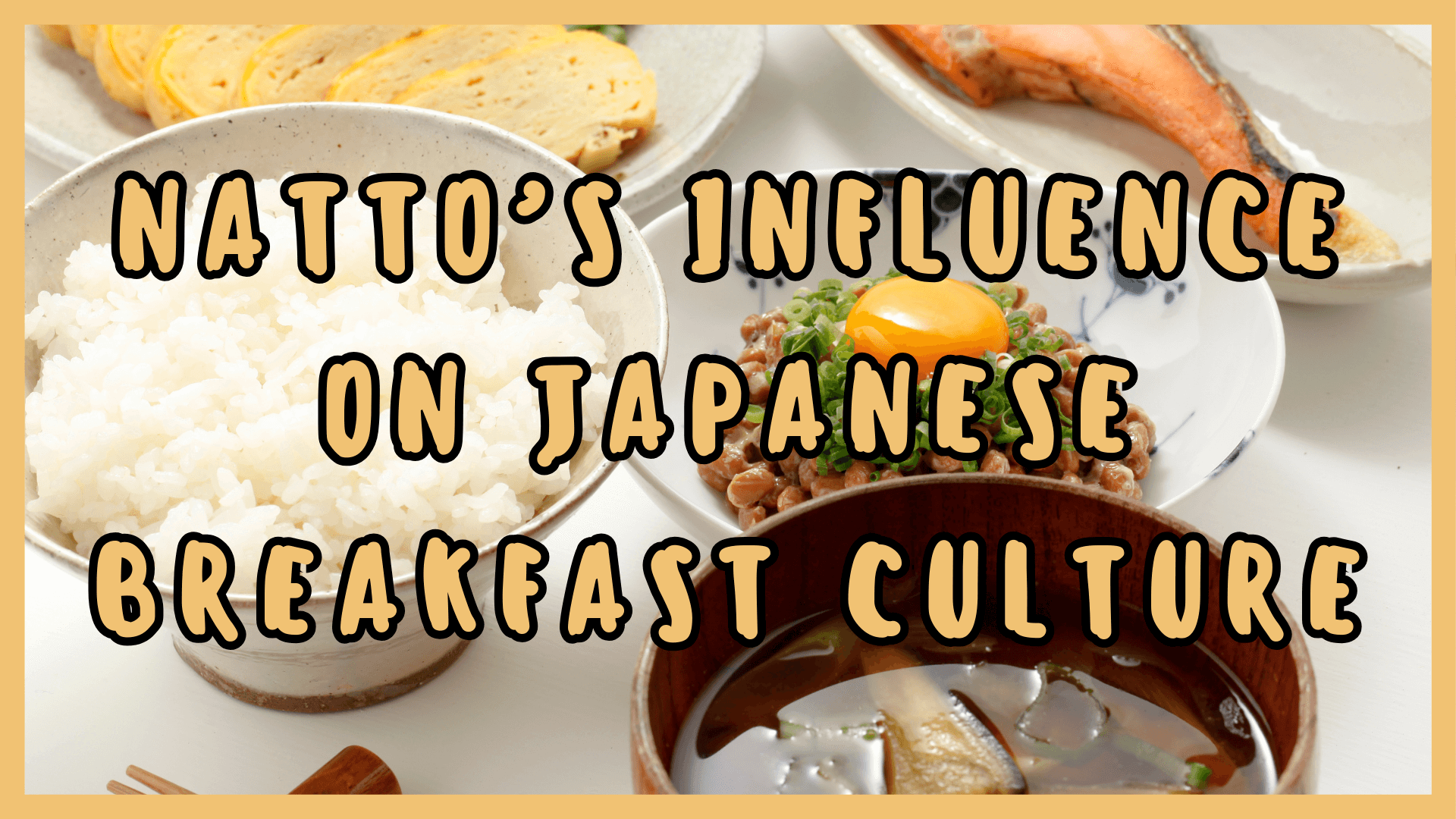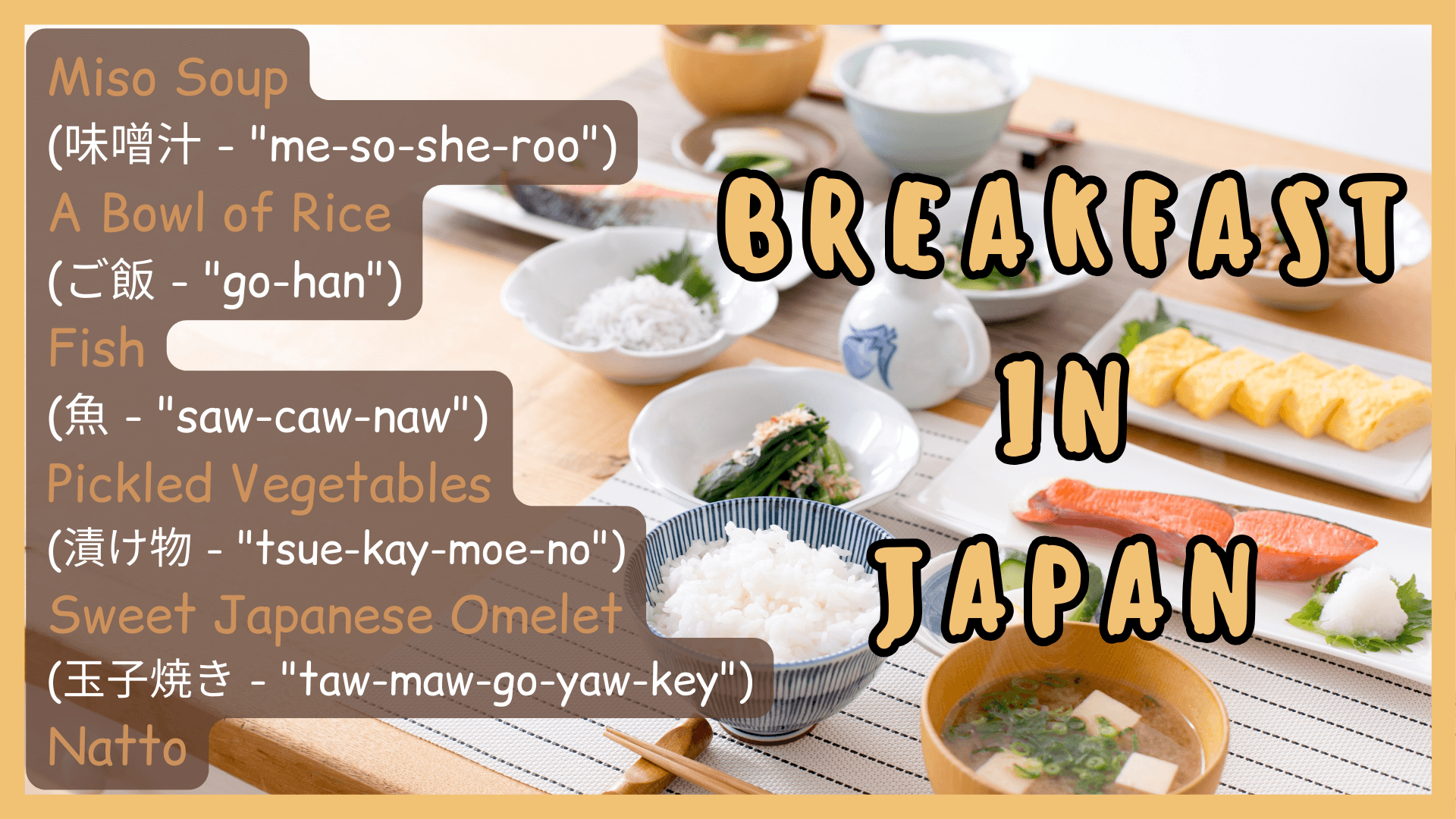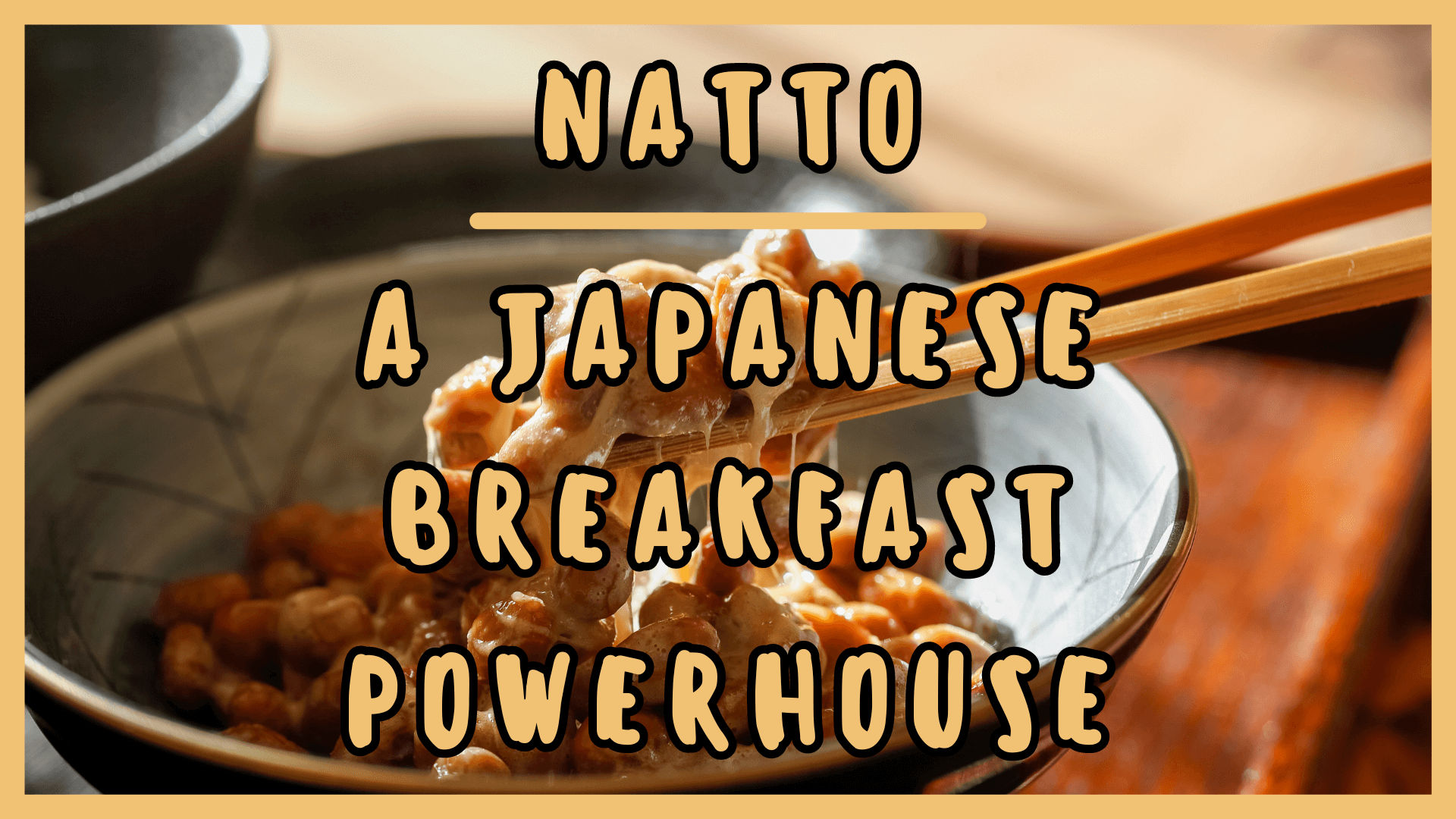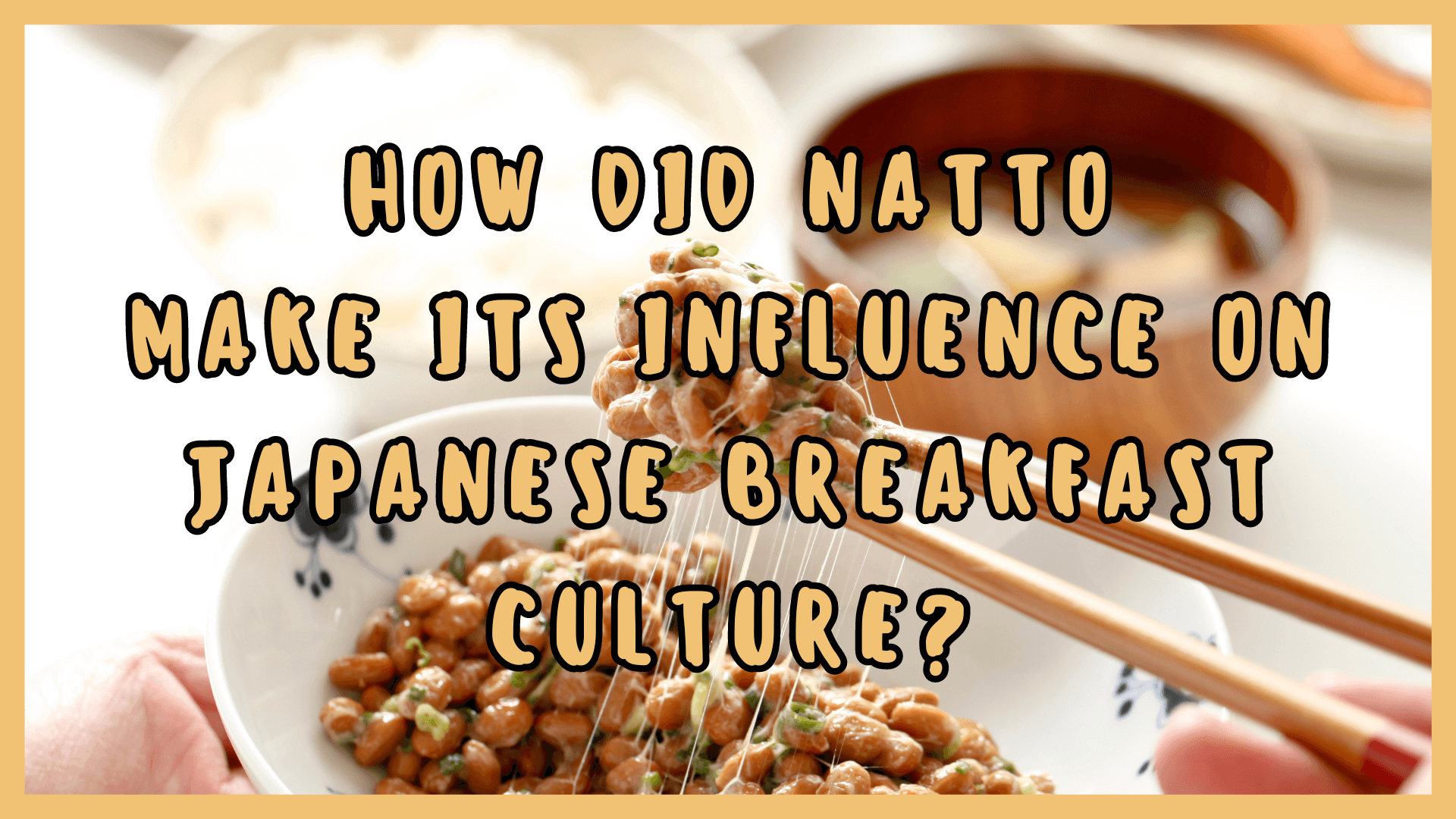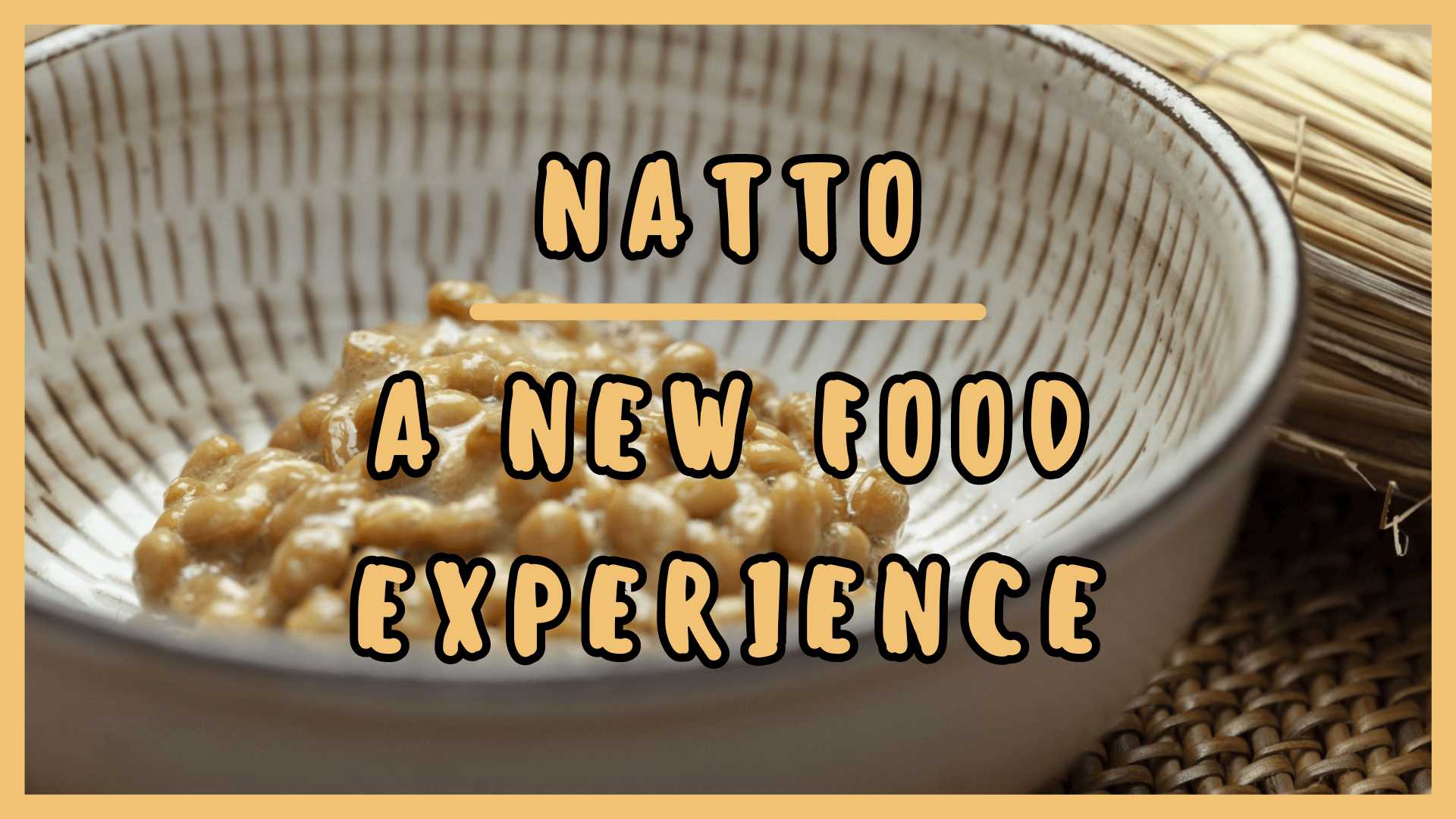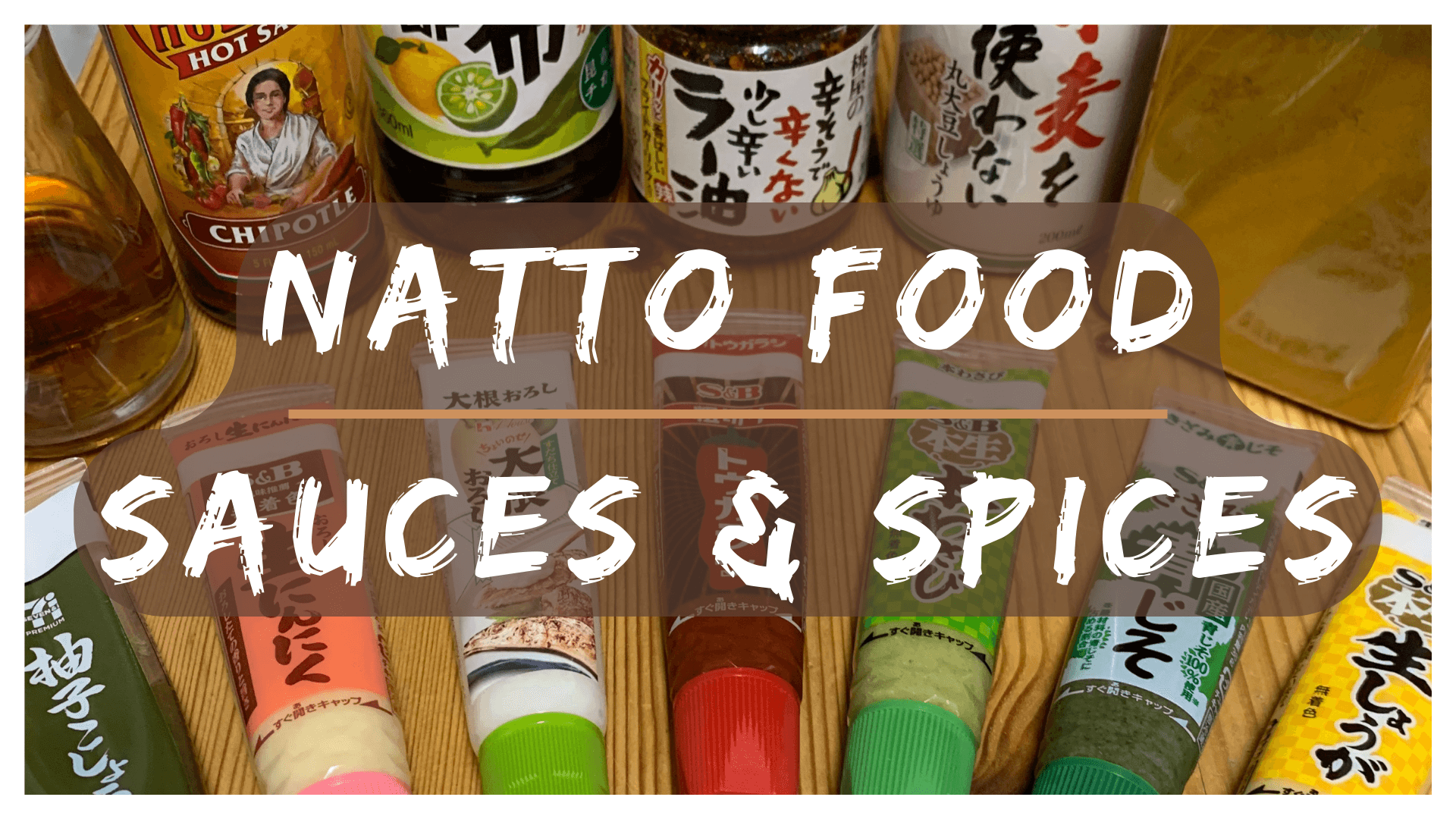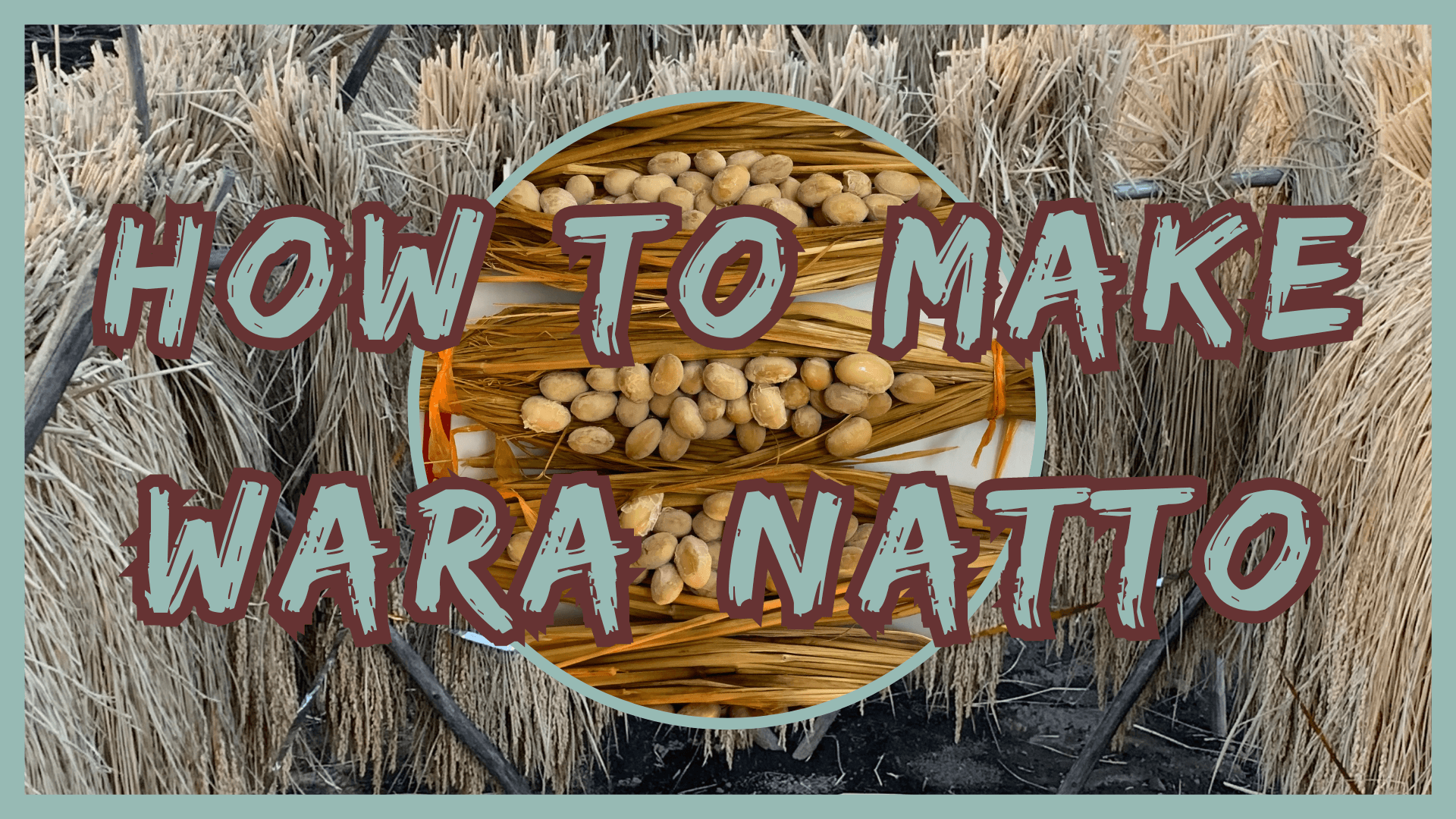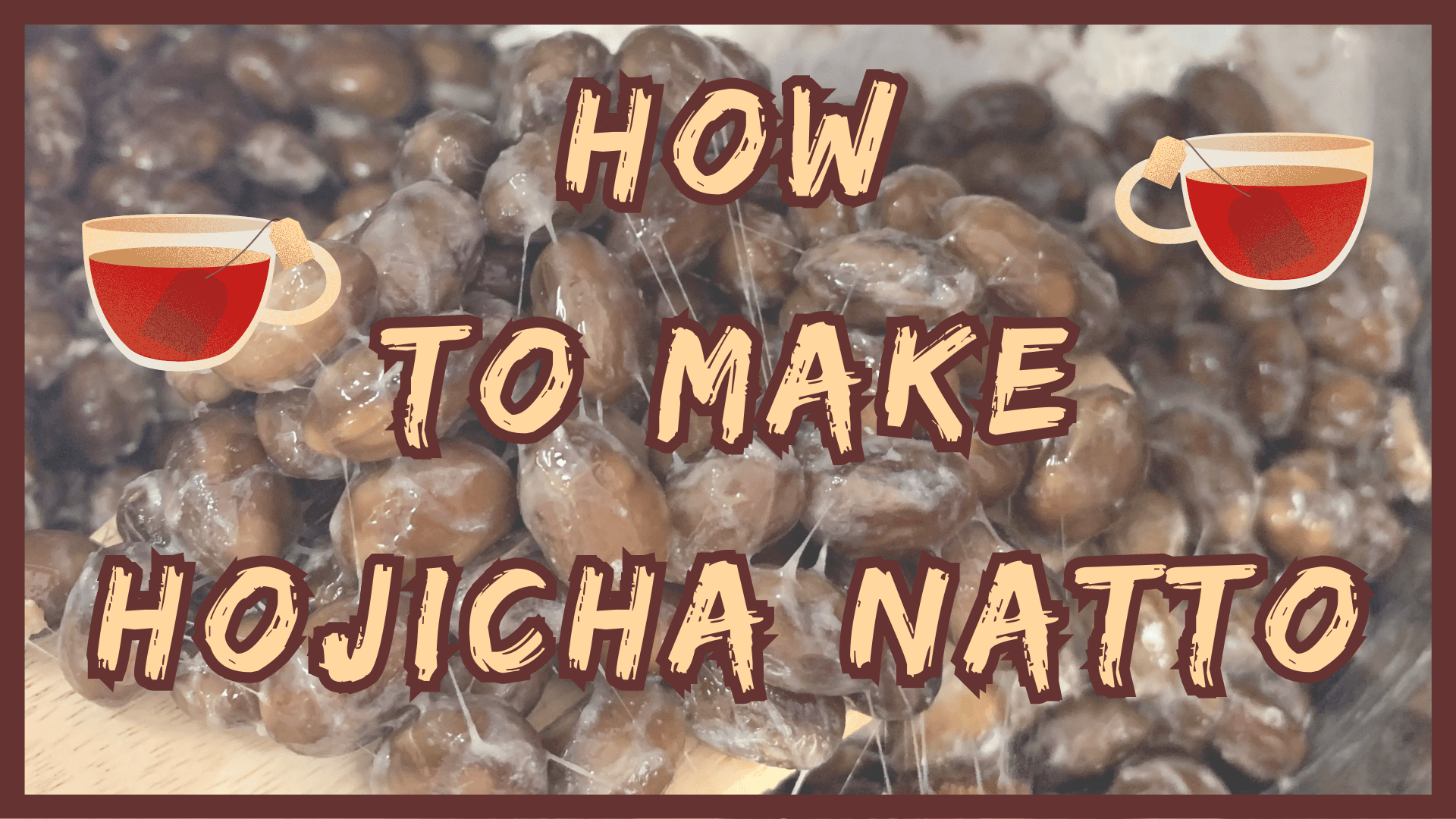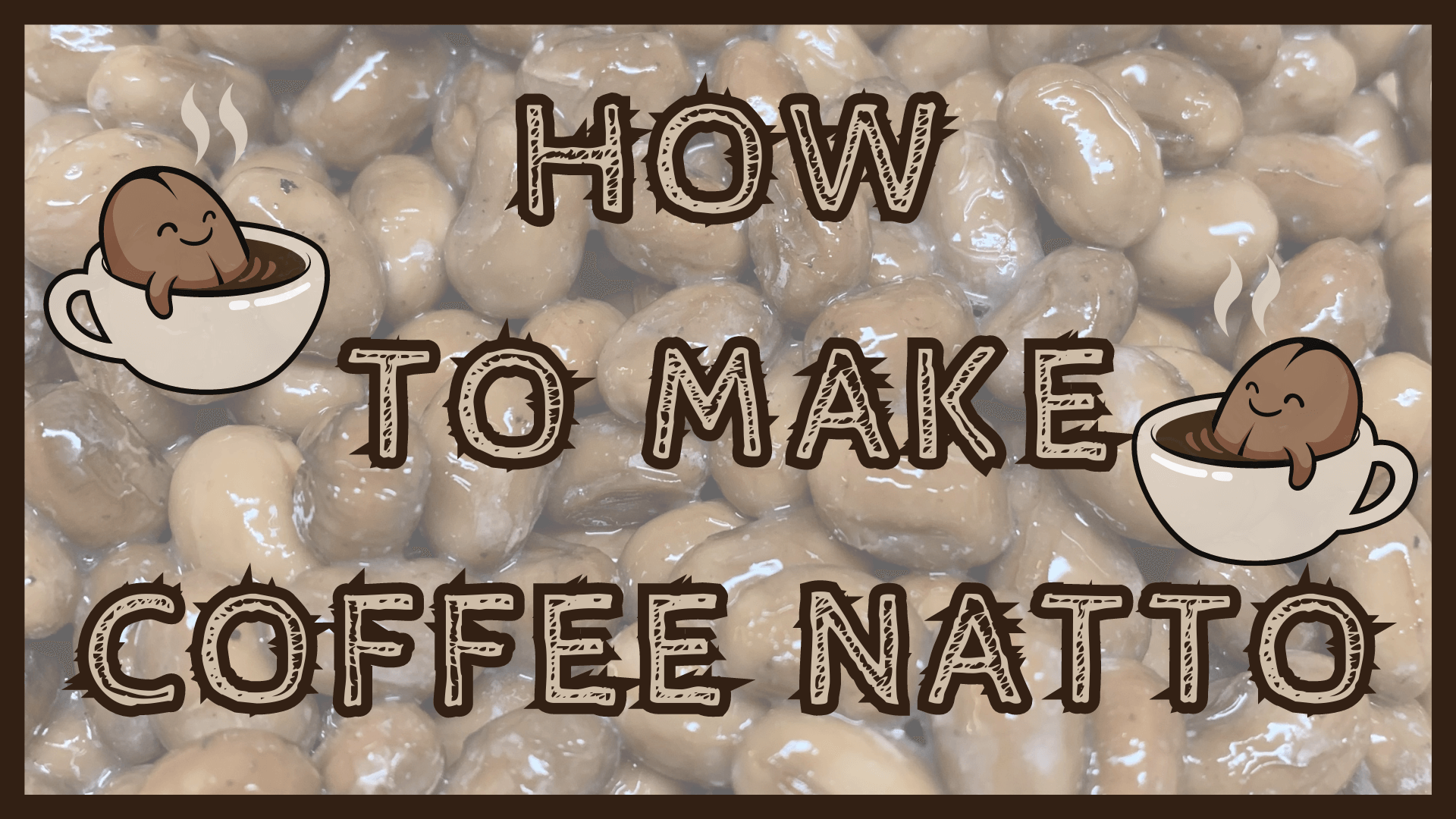- Natto
- Breakfast Culture
The Influence of Natto
on Japanese Breakfast Culture
What is the influence of natto on Japanese breakfast culture?
Several delicacies mark out a regional flavor and nuance that are unique and pivotal to the cultural identity of a society.
Natto, with its strong aroma and distinctive flavor, is one such distinctive food that has firmly ingrained itself in Japanese breakfast culture.
This fermented soybean dish is renowned for its unique flavor and health benefits, and it holds a special place in Japanese cuisine.
Besides natto, what other foods are included in a traditional Japanese breakfast?
Disclaimer: All the information in this article is published in good faith and for general information purpose only. If you wish to read in more detail about where natto is eaten in Japan or more about its history in Japan, you can follow the links in the "Sources" section in this article.
Natto Talk
Want to chat about Japanese fermented soybeans and how you can better enjoy this Japanese superfood?
Subscribe to Natto Talk!
A monthly publication containing info about:
- Things relating to natto
- Simply Natto's "Natto Recipe of the Month"
- Japan and its culture
- Updates made to the Simply Natto website and its social media pages
- Any upcoming product drops or projects
So what are you waiting for?
Fill out the form below and join.
I look forward to sharing my natto journey with you and learning about yours.

The Influence of Natto
on Japanese Breakfast Culture:
A Traditional Japanese Breakfast
In Japan, breakfast is considered an essential meal, providing a balance of nutrients to kickstart the day.
While Western-style breakfasts have gained popularity, especially in urban areas, traditional Japanese breakfasts remain cherished for their simplicity, balance, and cultural significance.
A frequent addition to breakfast tables across Japan is natto.
Whether homemade or store-bought, natto is often consumed as a side dish, paired with grilled fish, sweet Japanese omelet, steamed rice, pickles, and miso soup (see the picture above).
Here's how you can make your very own homemade natto goodness.
Families, from rural villages to metropolitan cities, embrace the ritual of starting the day with a nutritious and wholesome meal, often including fermented soybeans.
Simply Natto: Natto Lingo
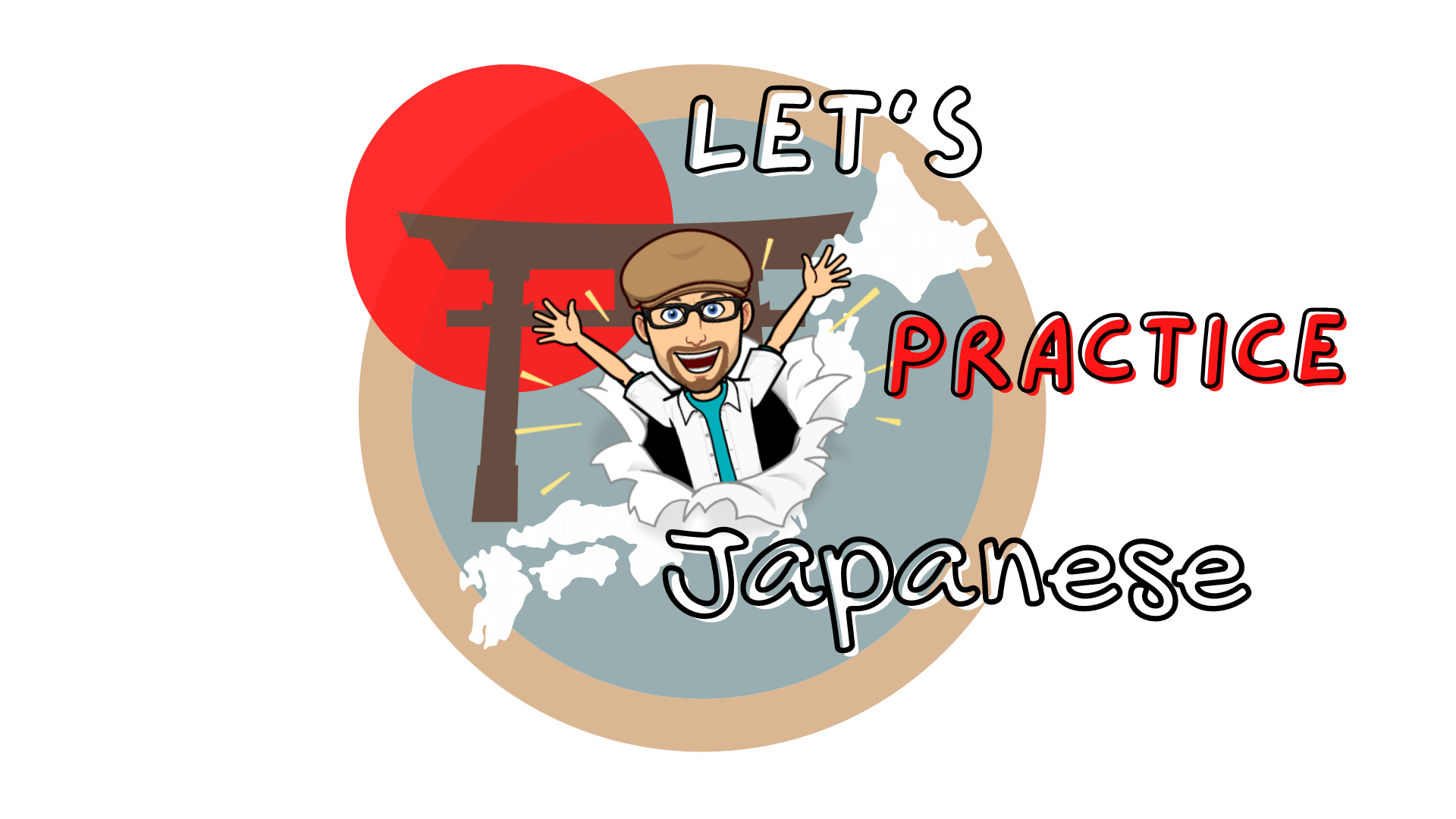
和食
(washoku)
"wah-show-coo"
- Japanese food
洋食
(youshoku)
"yo-show-coo"
- Western food
文化
(bunka)
"boon-kuh"
- culture
味噌汁
(misoshiru)
"me-so-she-roo"
(slightly roll the "r" in "roo")
- sauce (soy based)
ご飯
(gohan)
"go-han"
- rice
魚
(sakana)
"saw-caw-naw"
- fish
漬け物
(tsukemono)
"tsue-kay-moe-no"
(say the "ts" in "tsue" at the same time)
- pickled vegetables
玉子焼き
(tamagoyaki)
"taw-maw-go-yaw-key"
- sweet Japanese omelet
The Influence of Natto
on Japanese Breakfast Culture:
A Japanese Breakfast Powerhouse
Natto's popularity in Japanese breakfast culture is not solely based on tradition but also on its nutritional benefits.
This fermented soybean dish is rich in protein, gut-friendly probiotics, and vitamin K2, contributing to a well-rounded and healthy morning meal.
Discover more about the vitamin K2 found in natto.
Natto also contains an enzyme called nattokinase, which is believed to contain blood-thinning properties that could lower heart disease risks.
Discover more about nattokinase.
The health benefits of introducing natto into one's diet are numerous.
Discover more about natto's health benefits.
Though before you go about incorporating natto into your diet, there are a few 'cons' about these sticky, stringy beans to consider.
Its potent smell, often compared to aged cheese, and its unique texture can be disconcerting to those unfamiliar with the dish.
Also, if you are allergic to soy, natto certainly wouldn't be advisable.
So now that you have learned some of the pluses and minuses regarding this Japanese fermented soybean dish, let's discover how natto moved its way into the Japanese diet and made its influence on Japanese breakfast culture.
How Did Natto Make its Influence
on Japanese Breakfast Culture?
How did natto manage to embed itself so deeply into Japanese breakfast culture?
One reason is its ability to withstand humid Japanese weather conditions, thereby making it a time-tested food choice.
Secondly, the fermentation process imparts natto with a complex flavor profile and health benefits that have been respected and valued in Japanese society for centuries.
These health-and-taste combo factors have considerably boosted the popularity of these sticky, stringy beans.
Finally, the subtle flavor of Japanese fermented soybeans complements other traditional breakfast ingredients like rice and miso soup.
This seamless integration has cemented natto's place within Japanese breakfast culture.
Understanding natto's influence on Japanese breakfast culture isn’t just about the food; it's about understanding the cultural heritage it represents.
Meaning, it's not just a unique fermented food you might try, but a cultural insignia that signifies the authentic Japanese cuisine.
The Influence of Natto
on Japanese Breakfast Culture:
A New Food Experience
If you're considering introducing natto into your diet, it's essential to understand its significance beyond just liking it.
Initially, you might find the flavor profile off-putting, but gaining knowledge about natto and Japan's food culture will provide a broader perspective to appreciate it beyond the realm of taste.
There's a possibility that these sticky, stringy beans might come across as an acquired taste, but the enthusiasm for ethnic foods can play a pivotal role in overcoming this barrier.
You can start by experimenting with different food combinations with natto or incorporating it in dishes where the strong flavor is mellowed down.
Discover various food combinations with natto.
The patience required here is key.
Approaching new food experiences with an open mind significantly improves your chances of enjoying something as distinct as natto.
And remember, food and culture often interlock, and to truly appreciate a culture, delving into its cuisine is quintessential.
Natto, with its diverse range of flavors and applications, opens up a world of culinary experimentation, not just limited to traditional breakfast but extending to modern fusion dishes as well.
A testimonial to its popularity is the robust natto culture in Japan.
According to a survey conducted by LINE Research in June 2021, the average percentage of those that like these sticky, stringy beans is approximately 77% (1).
Where is natto eaten in Japan?
Its consumption transcends boundaries of time and meals - you can find it served with mustard, mixed into salads, and even as a topping on pizzas.
Natto, akin to sushi or miso soup, has evolved to be more than just a food item.
It stands as a symbol of Japanese tradition, healthy living, and a character that successfully narrates Japan's culinary evolution.
The combination of cultural essence and packed nutrients helps us comprehend why these sticky, stringy beans have such a significant and steadfast influence on Japanese breakfast culture.
Embracing natto implies not only adding a healthy element to your diet but also engaging with a gastronomically rich historical tradition.
This tradition makes a stunning celebration of balance between taste, nutrition, and sustainable agriculture.
Setting foot on the path to understanding and enjoying natto might seem a bit challenging, especially if you’re unfamiliar with it.
But your strong desire to learn about Japanese fermented soybeans, coupled with some patience, can morph this challenge into a culinary pursuit worth undertaking.
The Influence of Natto
on Japanese Breakfast Culture:
What Next?
The importance of natto in Japan's breakfast tradition holds an unshakeable place.
It's not just food; it's a testament to Japan’s rich history and a nutritional powerhouse.
Understanding this helps design an educated decision if you want to incorporate these sticky, stringy beans into your diet.
In the end, should you choose to welcome natto into your menu, it won't be just a culinary addition, but an enriching cultural exploration.
Remember, experiences are what shape our understanding.
So, in embracing natto, you might not only find a new favorite food but also cultivate an enhanced appreciation for Japanese breakfast culture.
Keep up with the latest Natto Goodness by following Simply Natto on social media
The Latest Natto Talk
-
Natto Food with Sauces and Spices
Natto food with sauces and spices is a traditional and simple way for you to enjoy natto. It's a great way for you to savor some fermented soybean goodness. -
How to Make Wara Natto
Let's learn how to make wara natto. For centuries, Japanese natto has been made using rice straw, and now you can make it too. -
How to Make Natto with an All-In-One-Pot
Let's learn how to make natto! I'm going to show you how to make your own sticky, stringy beans using an all-in-one-pot. -
How to Make Hojicha Natto
Let's learn how to make hojicha natto! I'm going to teach you how to make your own sticky, stringy beans with a roasted green tea twist in 6 easy steps. -
How to Make Coffee Natto
Let's learn how to make coffee natto! I'm going to teach you how to make your own sticky, stringy beans with a java twist in 6 easy steps.
